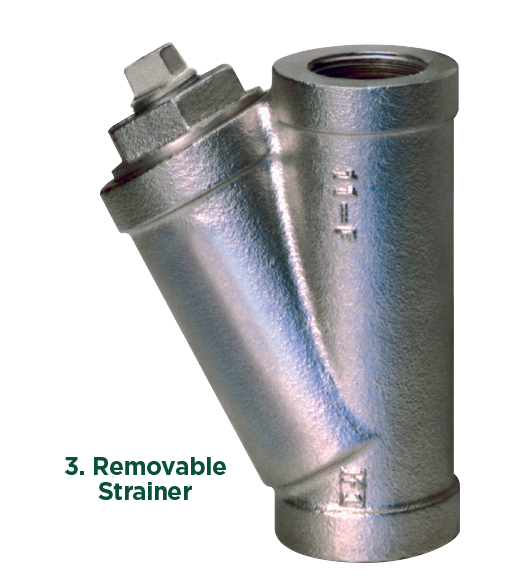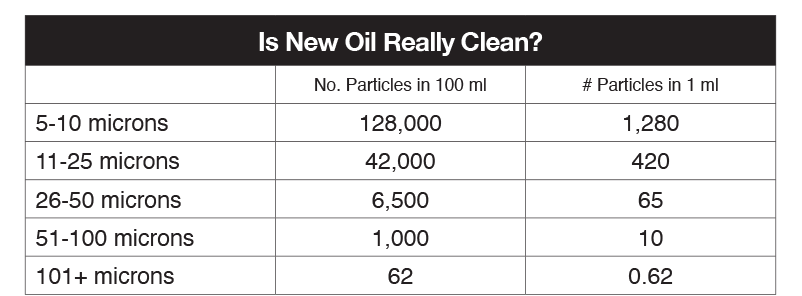Keep in mind, these are general rules of thumb for typical applications. One thing is for certain, there are many different systems with many different applications, performing many different functions. Always consult a filtration specialist if you have any questions regarding your specific application and equipment.
Next, should a strainer have a bypass? That means are there ever, under any conditions, should unfiltered fluid be allowed to pass through the pump? The answer is, “yes.” There are a few reasons to include a bypass on your suction strainer.
1. Cold weather start-ups. This is a temporary occurrence. When the system is started, the hydraulic fluid is at its most viscous condition and therefore, may not be able to pass through the strainer easily. When this happens, the pump could cavitate and become damaged or worse. It is wise to allow unfiltered fluid to pass through the pump until the system reaches standard operating temperature, at which point, the fluid then will easily pass through the strainer protecting the pump. The bypass is only used a safeguard.
2. The process fluid is too viscous. Besides the issue of cold weather start-ups, some systems run a process fluid that is more viscous than standard hydraulic fluid. Therefore, a bypass should be used with the strainer, again protecting the pump against possible cavitation. As contamination builds up on the strainer, the pressure drop will get to the point where if a bypass is not in place, the strainer may collapse and cavitation could occur.
• A sub-note regarding viscous fluids and bypass valves, there are a couple of other matters to be considered, too.
I. Is it possible to oversize the strainer? The more screen area there is on a strainer, the lower the pressure drop will be.
II. Using a filtration size that is more open than the one installed. For example, if a 60 mesh (238 microns) strainer is being used, can you use a 30 mesh (595 microns) strainer instead? This would also lower the pressure drop. Review the application to see if this would be a viable option.
3. Systems that are not regularly maintained. If an operation is not going to be monitored and maintained properly, contamination build-up on the suction strainer could reach a point where the strainer becomes indexed, or close to it, reaching an unacceptable pressure drop. Cavitation will most likely then occur. An even worse case is the strainer may actually collapse. It is then a better decision to allow unfiltered fluid to pass through the strainer than to allow a situation where the pump, and therefore the system, break down.
Monitoring should always be done on every system. Waiting until you hear the pump screeching to service it could prove detrimental to the entire operation in a lot of different ways. Each application must be looked at for proper component installation. Modifications should be made, when required, on any existing system and application when warranted.
 Cross Reference Guide
Cross Reference Guide
 Cross Reference Guide
Cross Reference Guide

